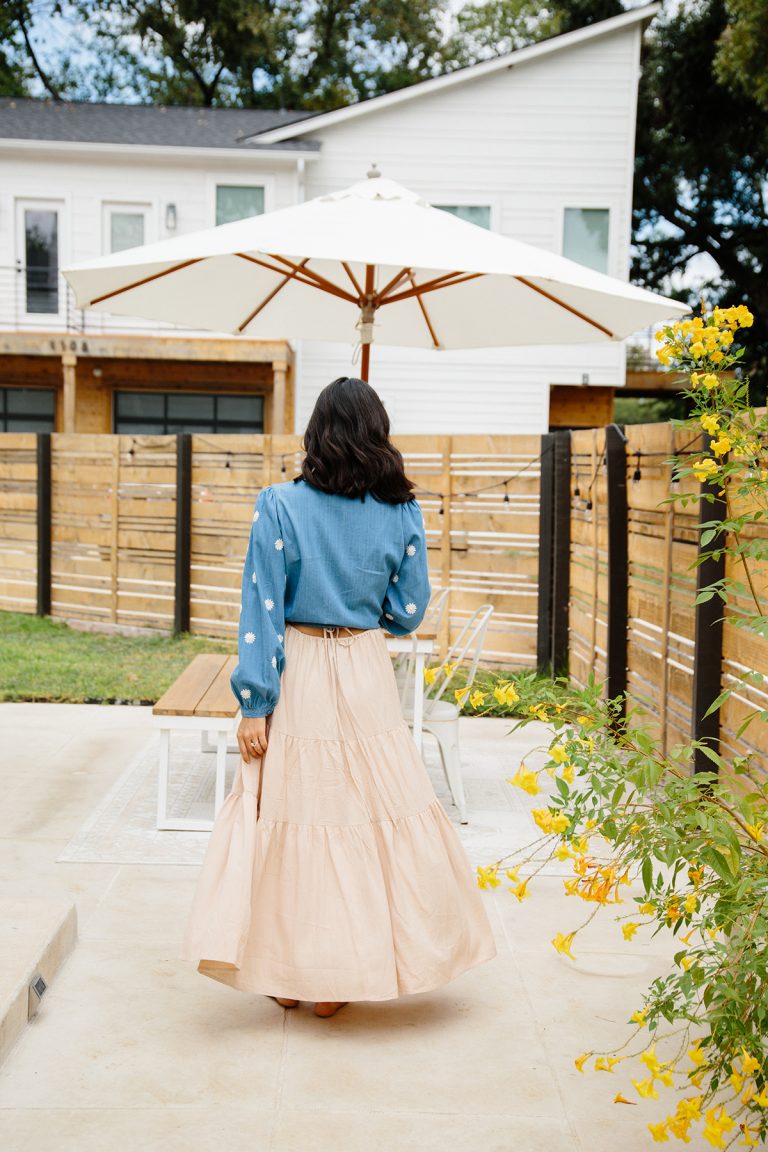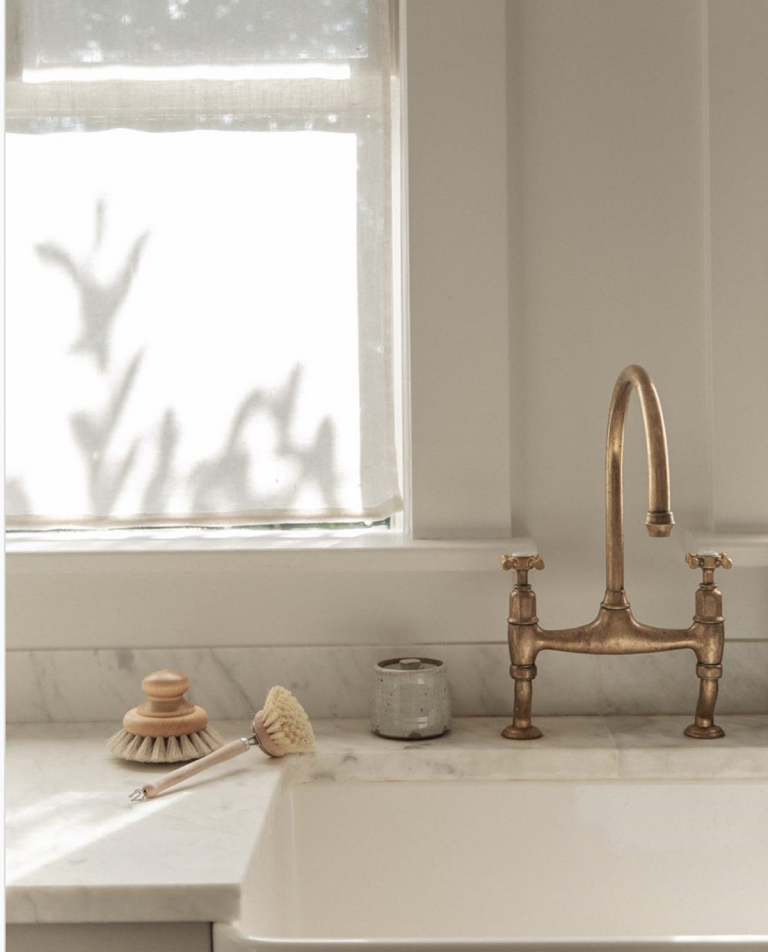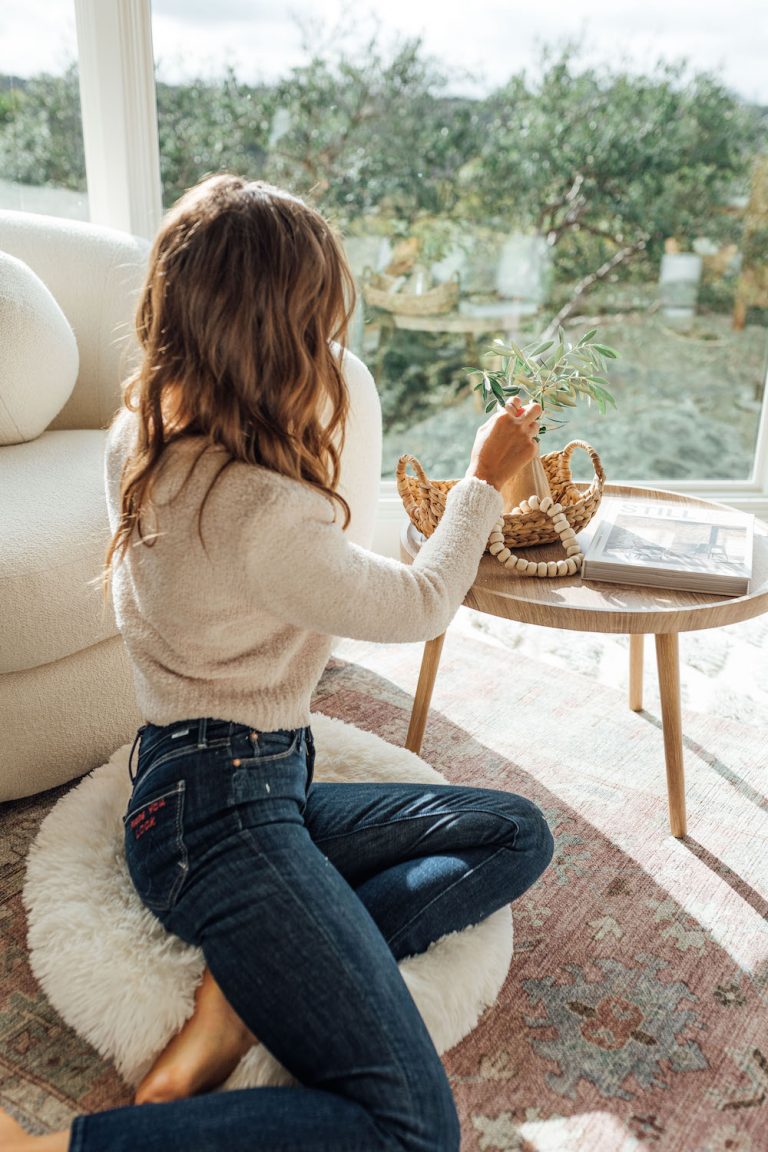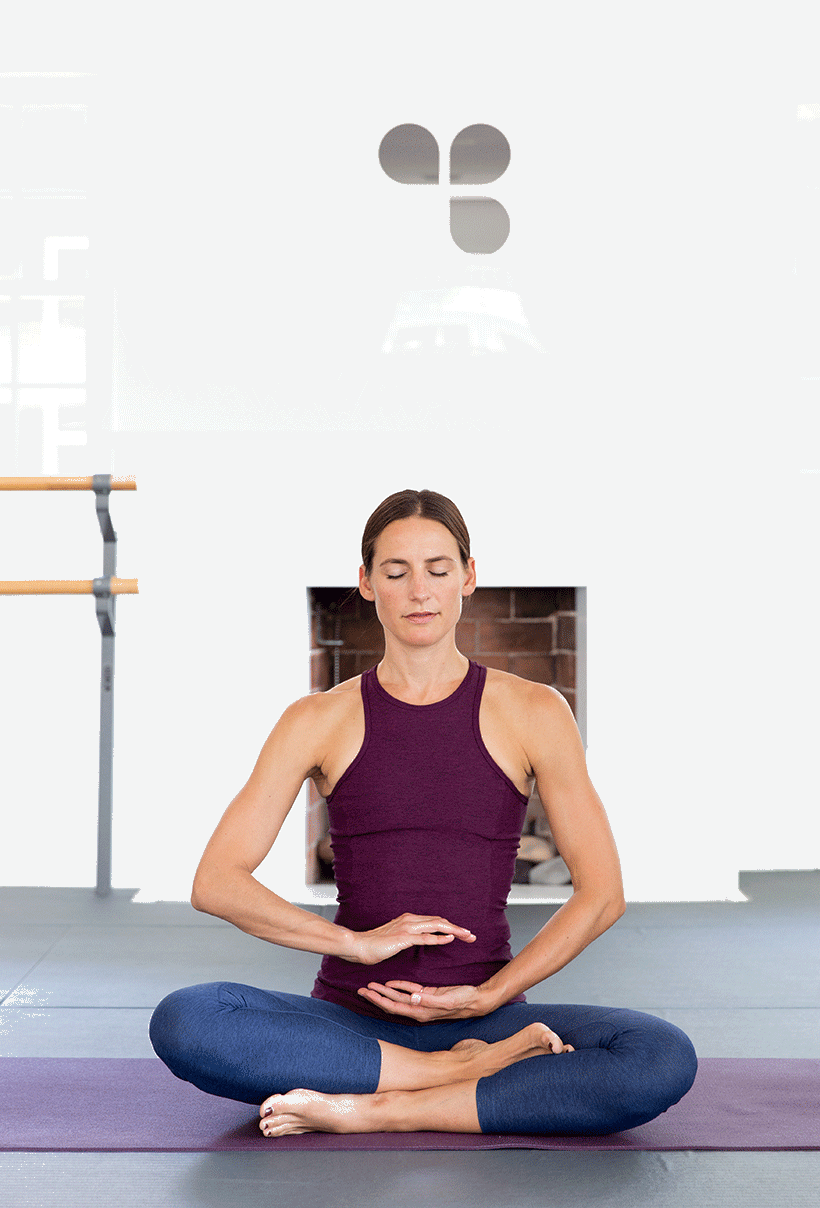[ad_1]
Are your shoulders up to your ears lately? You are so not alone—stress is at an all-time high my friends. Additionally, the past year has brought a barrage of additional stressors to our already busy, always “on” lives. So, this is your gentle reminder to remember how remarkably out of the ordinary our current state of life is as we wade through this murky pandemic and massive social change waves with masks on! Here’s where breathwork exercises come in handy.
The low-level stress of having to go on as normal and adapt to the many changes and constant influx of scary news is still very present, despite how ready we all are to move on. Furthermore, chronic stress leaves us susceptible to illness by decreasing our immune system response. Yikes! So, how can you actively work to counteract this new “normal” stress?
I gotchu babe—it’s time to blow it off! Read on for three of my simple-to-learn breathwork exercises you can do just about anywhere. They will leave you feeling way better the next morning than drowning yourself in a glass of wine, I promise!

What Is Breathwork?
Breathwork is the larger term for a variety of methods that focus on harnessing the rhythm, pattern, control, and power of your breathing to bring positive effects into your mind and body.
The rewards are great with emotional, mental, physical, and spiritual benefits.
There are many forms and styles of this practice available to dig into if you’re interested. Breathwork is actually an ancient healing tool with its original roots in “pranayama,” or the healing breathwork exercises of yogic teaching. My personal favorite thing about breathwork exercises is the fact that we carry this tool with us wherever we go, available as an almost instant release.

How Does It Work?
The scientific study of neuroplasticity has shown us that regular breathwork and mindfulness to decrease stress helps create long-term positive changes in our brains, rewiring the brain to be less stressed.
Think of it like this: If your brain is a forest and stress and calm are pathways you walk through in this forest, you may be able to imagine that the more you walk on a certain pathway the more developed the path becomes. Each time you walk on it—it’s a little bit easier, the path deeper and a little more ingrained. This is how your brain and neural pathways work with emotions that impact your nervous systems, such as stress or calmness. The more you “walk that path” or practice either the act of stress or the act of calmness, the easier it is to do that certain thing in the future. Your brain is strikingly malleable and capable of adapting.
The very cool and hopeful part of this is that you can combat any negative pathways in your brain by practicing being calm, to drive into your brain—that calm is how you function. If you want to understand neuroplasticity, mindfulness, and breathwork more deeply I highly recommend you watch this short youtube video, it’s mind-blowing!
Feeling ready to destress? I’ve compiled my three favorite breathwork exercises and explained them step by step. Grab a yoga mat, or sit back in your chair and check it out.
I promise, even trying just one exercise is time very well spent!

The Full-Body Treatment
This form of slow steady breathwork exercises is combined with progressive muscle relaxation for a full-body calm. Begin by lying on your back, or taking a comfortable seat in a quiet calm environment.
Consider a yoga mat with a pillow or blanket rolled under your head and neck and a blanket over your body to keep you cozy and calm.
Place one hand over your belly, and if you like one over your heart. Begin deep long breaths that inflate your belly so much that you can feel your hand moving up and down. A comfortable slow pace is important, your breath should be roughly an inhalation for 6 seconds and an exhalation for six seconds.
Once you get into this slow breath pattern, continue the pace and begin to focus on your body’s sensations of tension versus relaxation throughout.
As you inhale, pretend your breath is going right into your face, head, and neck, blowing up and expanding this part of your body, and as you exhale let the muscles in this area totally relax and get heavy. On your next inhale move down to your next muscle group, perhaps shoulders and back, blowing air in and then heavily releasing and relaxing down with the exhale. Feel your body sink into the earth with each relaxing exhale.
You will do this through each group of muscles in your body, working from head to toes.
Head, neck, face/shoulders and back/both arms/ribs and chest/belly and hips/thighs/knees and calves, and finally ankles and feet!
Don’t worry about getting the muscle groups precisely correct—just work your way from one end of the body to the next. If this feels great do it again or move from your feet back up to your face. It can be helpful to picture white clean light entering your body as you inhale and any stress and tension leaving your body as black smoke puffing away with each exhale.

Slow Your Roll
A fascinating fact about your central nervous system is that when you take slow deep breaths, specifically with long exhalations—this calming breath sends a signal to your body that you are safe. It gives your brain the memo that you’re all good! It’s the opposite of the fight or flight response. Your body knows on a cellular level that you must be calm and resting and it doesn’t need to worry about fighting off predators.
To send your body the chill signal—whether you’re feeling chill or not—all you have to do is take long slow breaths, with even longer exhalations.
Find a comfortable seat or place to lie down—or if you need to do this while driving in annoying traffic, or right after your kid dumps a plate of spaghetti on your white carpet—really you can access this anywhere.
Once you’ve committed and gotten comfy, begin to take long slow breaths. At the top of your breath, or in other words when you’re done inhaling, see if you can “sip” a little bit more air on top and then slowly, calmly, and with precision release your exhalation. Your exhalation should be roughly twice the length of your inhalation. If this makes you anxious or is hard to do, just try your best. The most helpful thing is to not stress and just focus on the long slow breath that feels good.
You can practice this breathwork exercise for as long as you’d like or feel good doing. Sometimes even just two or three breaths help me calm down and feel less tense if I’m in a pinch. Ideally, 10 minutes and then slowly increasing the time you practice will be the most beneficial.

Count It Out
I love this style of breathwork exercises especially for beginners but honestly, it can be helpful for anyone. Focusing on the length of your inhalations, holds, and exhalations, really help you get out of your head and stay present. This breathwork style is often referred to as 4-7-8 breathing, and it goes just like that.
Find a comfortable seat or place to lie down in a calm and quiet environment. You can keep your hands on your lap, lying down by your sides, or consider placing one hand on your belly and one on your heart.
4 – Begin to inhale, quickly and deeply over four seconds.
7 – Once four seconds of inhalation have passed hold your breath for seven seconds.
8 – Then release your exhalation, slowly and precisely over eight seconds.
Repeat!
If this is difficult at first only perform three or four sets at a time or whatever you’re comfortable with. You may also consider shortening the counts to 3-5-6 and doing five or ten sets at a time, working your way up each time you try this.

Make It Stick!
There’s interesting research that proves linking a desired new habit with another routine you do every day increases your chance of actually developing and picking up the new habit. In other words, add your new hopeful habit, ie. breathwork, to an activity like making tea or coffee in the morning. Perhaps every time you put a kettle on you practice a few minutes of breathwork exercise as you wait for it to boil. Catch my drift? This “add-on” habit has a much higher chance of becoming a daily ritual if you link it!

Stay Calm, Be Gentle, Keep Breathing
As we round the corner of living through a worldwide pandemic, let’s all continue to hone in on healthy coping mechanisms, continually rework stress reduction and self-care as we need to, and remember to be gentle with ourselves. This is a lot, you’re awesome, do your best. Breath is life! Stay safe, stay healthy, and don’t forget to breathe.
[ad_2]
Source link